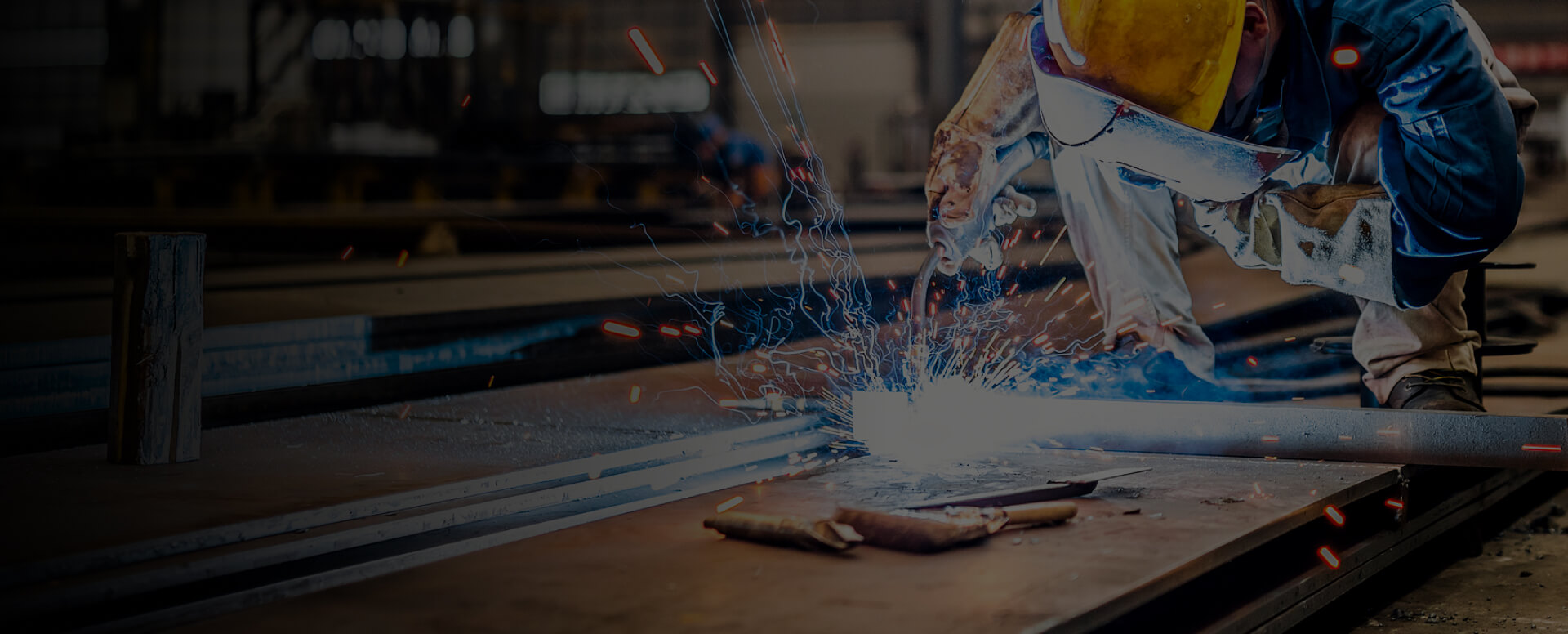
MIG welding, also known as gas metal arc welding (GMAW), is an efficient and versatile welding technique used across a wide range of industries. The method uses a continuously fed wire as the electrode and a gas mixture to protect the weld pool from contamination. MIG welding is favored for its high speed and high weld quality, making it an ideal choice for welding both thin and thick-walled materials.
The adaptability of MIG welding makes it suitable for a wide range of materials, including carbon steel, stainless steel, aluminum, and alloys. Its efficiency is unmatched, and welding speeds can be up to four times faster than traditional stick welding methods. This significant speed advantage can increase productivity and reduce labor costs.
Equipment and Materials
The core equipment required for MIG welding includes a welding gun, power source, wire feeder, and shielding gas source. The welding gun acts as a conduit for the wire electrode, shielding gas, and welding current. The power source is typically a DC power source to ensure a stable arc and deep penetration. The wire feeder controls the speed at which the wire is fed into the weld, directly affecting the welding speed and quality.
Regarding materials, the choice of wire electrode depends on the parent material being welded. When welding thin metals, a 0.30-inch diameter wire is typically used, while thicker materials may require a 0.45-inch diameter wire to ensure adequate penetration. Shielding gas selection also varies; a mixture of 75% argon and 25% carbon dioxide is the standard for welding steel and provides a good balance between weld quality and cost.
Role of Shielding Gas
Shielding gas plays a vital role in MIG welding by protecting the weld pool from atmospheric contaminants that could compromise the weld's integrity. The most commonly used shielding gases are argon, carbon dioxide, and mixtures of the two. Argon is favored for its ability to produce smoother welds and less spatter, while carbon dioxide is more cost-effective and provides deeper penetration.
Detailed comparisons show that pure argon can increase welding speeds by up to 25% compared to carbon dioxide, but it also costs more. For aluminum welding, a 100% argon shield is preferred for its superior quality and weld cleanliness. The choice of these gases or their mixtures ultimately depends on the material, the desired weld quality, and budget constraints.
Related Articles

4 Major Drawbacks of Using Acetylene
Acetylene’s disadvantages include being highly flammable (with a 2.5%-82% range), unstable above 15 psi, higher costs ($200/month vs. $100 for propane), and toxicity that requires $1,500 detectors.Section 1: High FlammabilityKeywords: acetylene flammable, acetylene explosion risk, welding safety, in

Cathodic Cleaning in MAG Welding: Mechanism And Practical Applications
Cathodic Cleaning in MAG Welding: Mechanism and Practical ApplicationsThe “cathodic cleaning” effect—often viewed as a near-magical phenomenon in welding—refers to the rapid removal of surface oxides during the arc welding process, resulting in a clean, bright metal surface. While this effect is wel

TIG Vs MIG Welding for Steel: Which Is Better?
When welding steel, TIG welding is often the preferred method for achieving high precision, clean welds, and controlled heat input. MIG welding, on the other hand, offers greater speed and is better suited for thicker materials or long continuous welds. For thin steel and high-integrity applications

Double Arcing in Plasma Arc Welding: Causes, Risks, and Prevention
Plasma arc welding is renowned for its precision and deep penetration, earning it the nickname "laser scalpel" of welding. However, this high-precision process is vulnerable to a dangerous phenomenon known as double arcing, where the main arc splits into two separate paths—posing serious risks to we

The Mystery of Lag Discoloration in Titanium Welding: Causes And Solutions
In titanium welding, the weld color serves as a critical visual indicator of gas protection quality. However, a phenomenon known as "lag discoloration"—where the weld appears silver-white initially but gradually turns gold, blue, or gray during cooling—signals underlying contamination that can sever

How To Solve The Problem of Spheroidization in Aluminum MIG Welding Wire?
Solving Aluminum MIG Welding Wire Balling: Causes and Smart SolutionsAluminum is widely used in high-end manufacturing, such as aerospace and new energy vehicles, due to its lightweight and corrosion resistance. However, aluminum MIG welding often faces a frustrating issue—wire balling, where the wi

